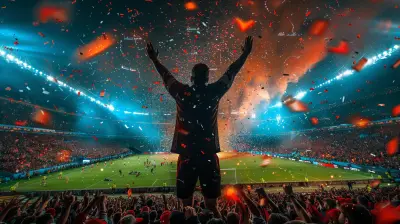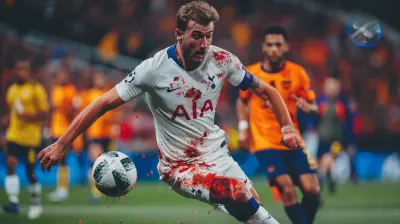The Miracle on Ice: When Underdogs Captured Olympic Glory
21 August 2025
There are few moments in sports history that can give you goosebumps every time you hear about them. The “Miracle on Ice” isn’t just one of those—it’s the granddaddy of them all. It's the kind of story that makes you believe in underdogs, teamwork, and the sheer unpredictability of sports. If you're a fan of tales where David beats Goliath, buckle up—we're diving deep into one of the most iconic moments in Olympic history.
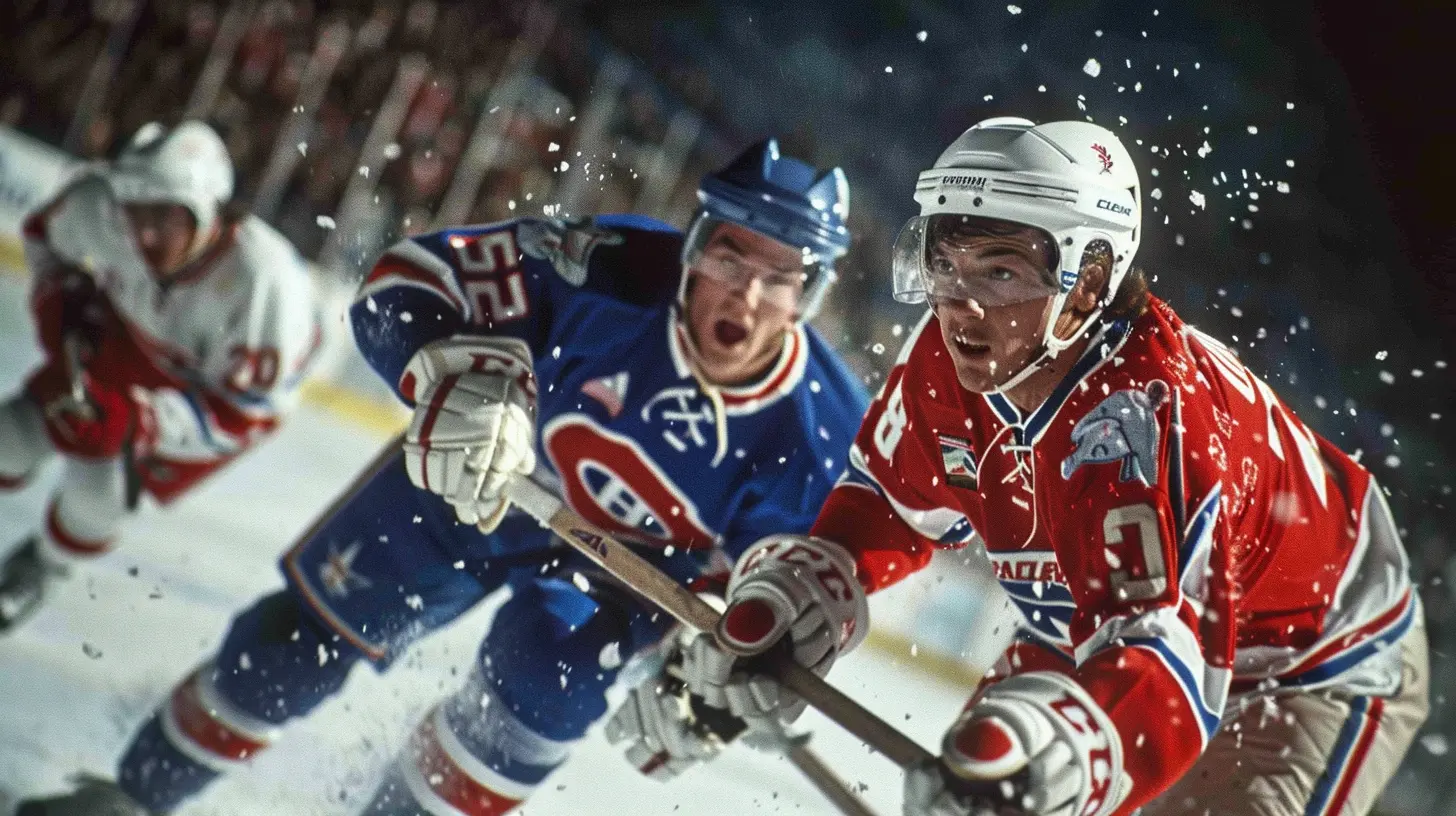
Setting the Stage: Cold War on Ice
Before we even get to the ice rink, we need to understand why the Miracle on Ice was such a big deal. The year? 1980. The place? Lake Placid, New York. The backdrop? Tense Cold War vibes between the United States and the Soviet Union.This wasn't just a hockey game. It was symbolic of a much bigger battle—freedom vs. communism, hope vs. dominance, the scrappy versus the sophisticated.
The Soviet national hockey team wasn’t just good—they were terrifying. They’d won four straight Olympic gold medals and barely lost a game for two decades. They were essentially professionals disguised as amateurs. Meanwhile, Team USA was made up of young college kids, most of whom hadn’t seen the inside of an NHL rink yet.
On paper, this should’ve been a blowout.
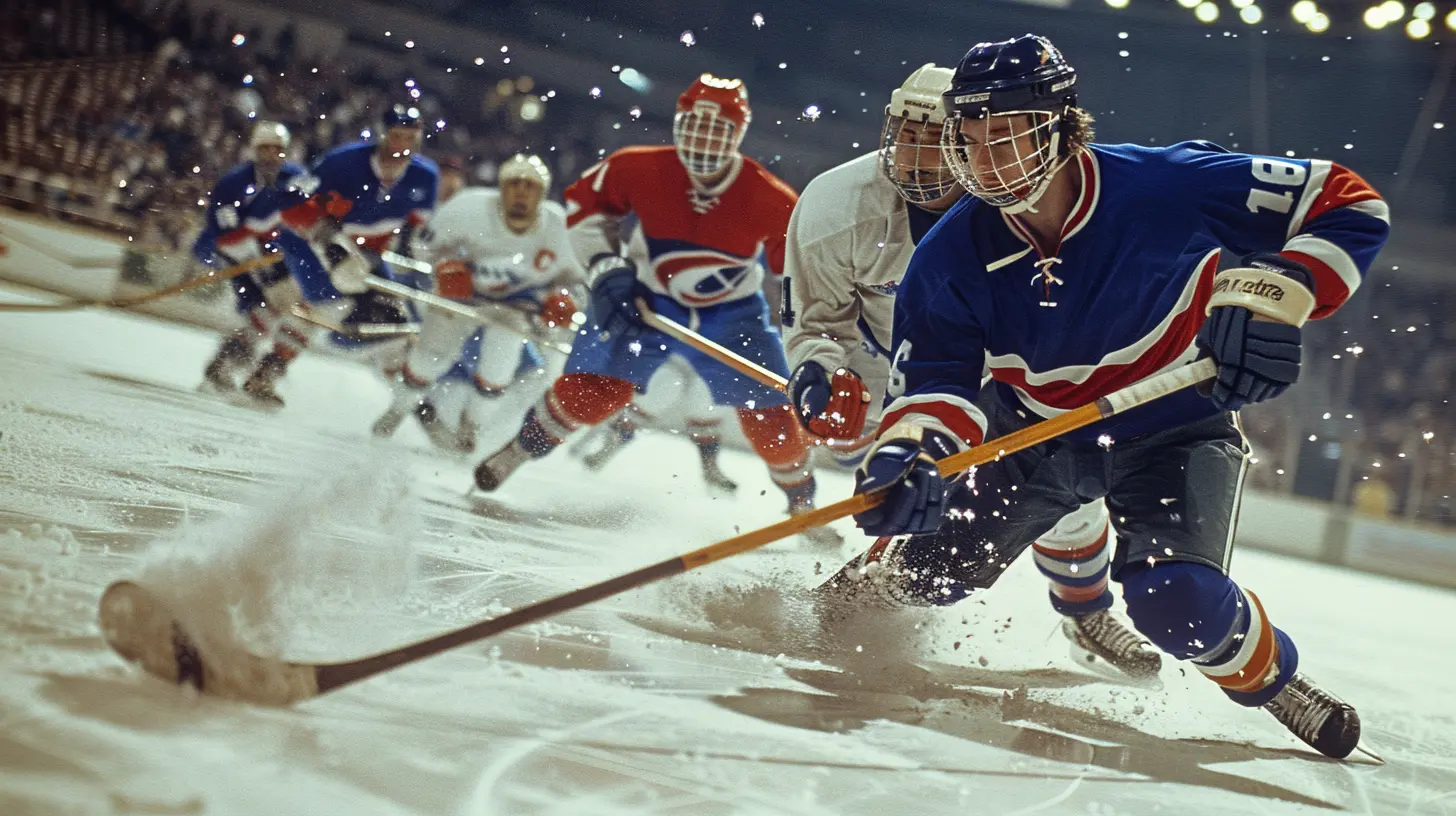
Meet the Kids: Team USA's Roster
Imagine being 21 and representing your country on the biggest stage with nothing but a dream and a massive chip on your shoulder. That was Team USA in 1980.Coach Herb Brooks had the unenviable task of taking a bunch of college players, molding them into a cohesive team in just a few months, and then asking them to beat the best team in the world. No pressure, right?
Brooks didn’t just look for skill—he looked for heart, grit, and mental toughness. His infamous conditioning drills, known as “Herbies,” were brutal, but they bonded the team. He wanted warriors, not just skaters.
Players like Mike Eruzione, Jim Craig, and Mark Johnson became household names overnight. But back then, they were mostly unknowns. No one outside of NCAA hockey circles had heard of them.

The Road to the Big Game
Before facing the Soviets, the Americans didn’t exactly walk into the Olympics with high expectations. Early that year, the USSR even crushed Team USA in an exhibition match at Madison Square Garden, 10-3. Ouch.But once the tournament began, something clicked.
They tied against Sweden in their opening game and then picked up wins over Czechoslovakia, Norway, Romania, and West Germany. Each game built their confidence. The chemistry was undeniable, and suddenly, the kids from nowhere were in the medal round.
And who stood in their way?
The mighty Soviet Union.
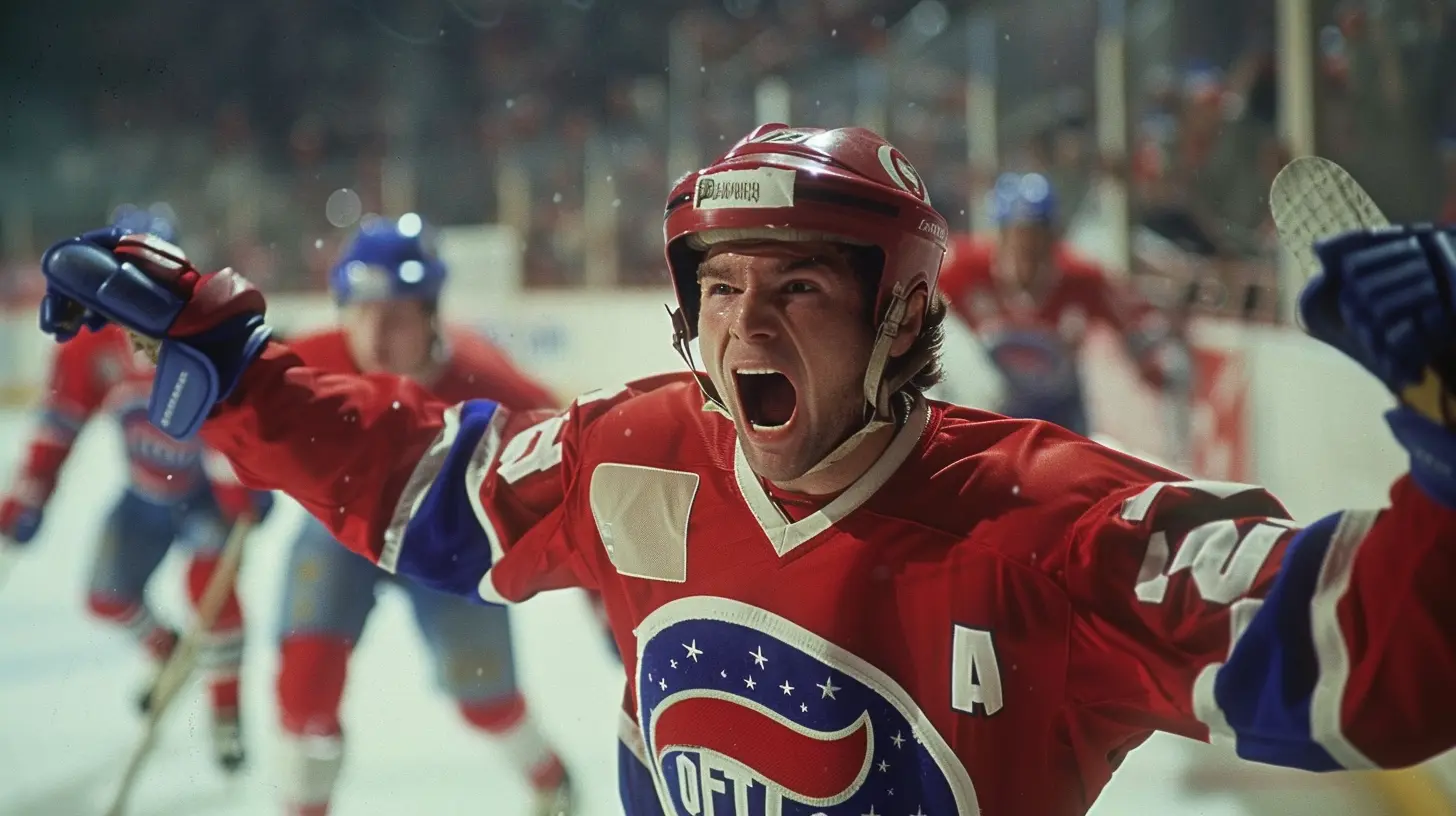
February 22, 1980: The Game That Shook the World
You’ve probably heard Al Michaels' legendary call:> “Do you believe in miracles? YES!”
That moment didn’t just live in sports history—it embedded itself in the American soul.
The USA vs. USSR game wasn’t even the gold medal match; it was technically a semifinal. But try telling that to anyone who watched it. The electricity in the arena was off the charts.
Right from the puck drop, the Soviets looked faster, sharper, and more skilled. But the U.S. just wouldn’t go away.
By the end of the first period, the score was 2-2, thanks to an incredible last-second goal by Mark Johnson.
Then came a defining moment: Soviet coach Viktor Tikhonov pulled legendary goalie Vladislav Tretiak—arguably the best netminder in the world—after two periods. It was a move still debated today.
Fueled by sheer determination, the U.S. scored two goals in the third period and held onto a slim 4-3 lead.
The Soviets kept attacking. Shot after shot. But Jim Craig, Team USA’s goalie, stood on his head.
Finally, the clock ticked down to zero. The crowd erupted. And Al Michaels gave us the quote heard 'round the world.
More Than Just a Win
This wasn’t just about sports. The Miracle on Ice gave America something it desperately needed. The economy was struggling, the Iran hostage crisis dominated headlines, and morale at home was low.And then—boom. A bunch of college players took down the unbeatable. It was hope in a jersey.
It reminded people that anything’s possible. That teamwork, belief, and a little bit of crazy ambition can take you places no one expects.
Aftermath: Gold and Glory
It’s easy to forget that the U.S. still had to beat Finland two days later to actually win the gold medal. Imagine the emotional hangover after slaying giants and then needing to refocus.Coach Brooks gave his team a blunt halftime talk during the Finland game:
> “If you lose this game, you’ll take it to your f*ing graves.”
Message received. The U.S. rallied and won 4-2.
Gold medals. History made.
Where Are They Now?
Many of the players went on to have NHL careers, but none quite reached superstar status. And honestly? They didn’t need to. Their legacy was already sealed.Coach Herb Brooks went on to coach in the NHL and even led Team USA again in the 2002 Olympics, where they won silver. Tragically, he passed away in 2003, but his legacy is immortal.
In 2004, Hollywood gave us the movie Miracle, starring Kurt Russell as Brooks. If you've never seen it, do yourself a favor—it’s as inspiring as the real story.
Why It Still Matters Today
You might wonder: Is the Miracle on Ice still relevant over 40 years later?Absolutely.
It's a reminder that heart can beat talent. That belief is a powerful weapon. And that in sports—and life—underdogs can do the unimaginable.
Whether it’s a small business trying to challenge industry giants or a young athlete chasing a dream, the lessons from that February night in 1980 endure.
It’s about showing up, standing tall, and not backing down—even when the odds are stacked four-to-one against you.
The Miracle’s Place in American Culture
The Miracle on Ice is more than a statistic or a box score—it’s a story. One that grandparents pass down to grandkids. One that gives you chills every time you hear that iconic commentary.In 1999, Sports Illustrated named it the greatest sports moment of the 20th century. And honestly? It’s hard to argue against that.
When you think of the greatest underdog stories ever told—whether in movies, books, or real life—this one stands firmly at the top.
Final Whistle: What We Can Take Away
The Miracle on Ice wasn’t just about hockey. It was about belief, unity, and never saying never.So the next time you’re doubting yourself, remember those kids from 1980. Remember how they faced giants with nothing but skates, sticks, and spirit. And remember that history is written by those brave enough to challenge impossibility.
Because sometimes… miracles do happen.
all images in this post were generated using AI tools
Category:
Sports HistoryAuthor:

Nelson Bryant
Discussion
rate this article
1 comments
Oliver Whitaker
Great article on "The Miracle on Ice"! It perfectly captures the spirit of determination and teamwork that defined the 1980 U.S. hockey team. Their victory not only inspired a nation but also reshaped the landscape of sports. Looking forward to more insights on similar moments!
September 3, 2025 at 4:12 AM

Nelson Bryant
Thank you! I'm glad you enjoyed the article and found it inspiring. Stay tuned for more!
